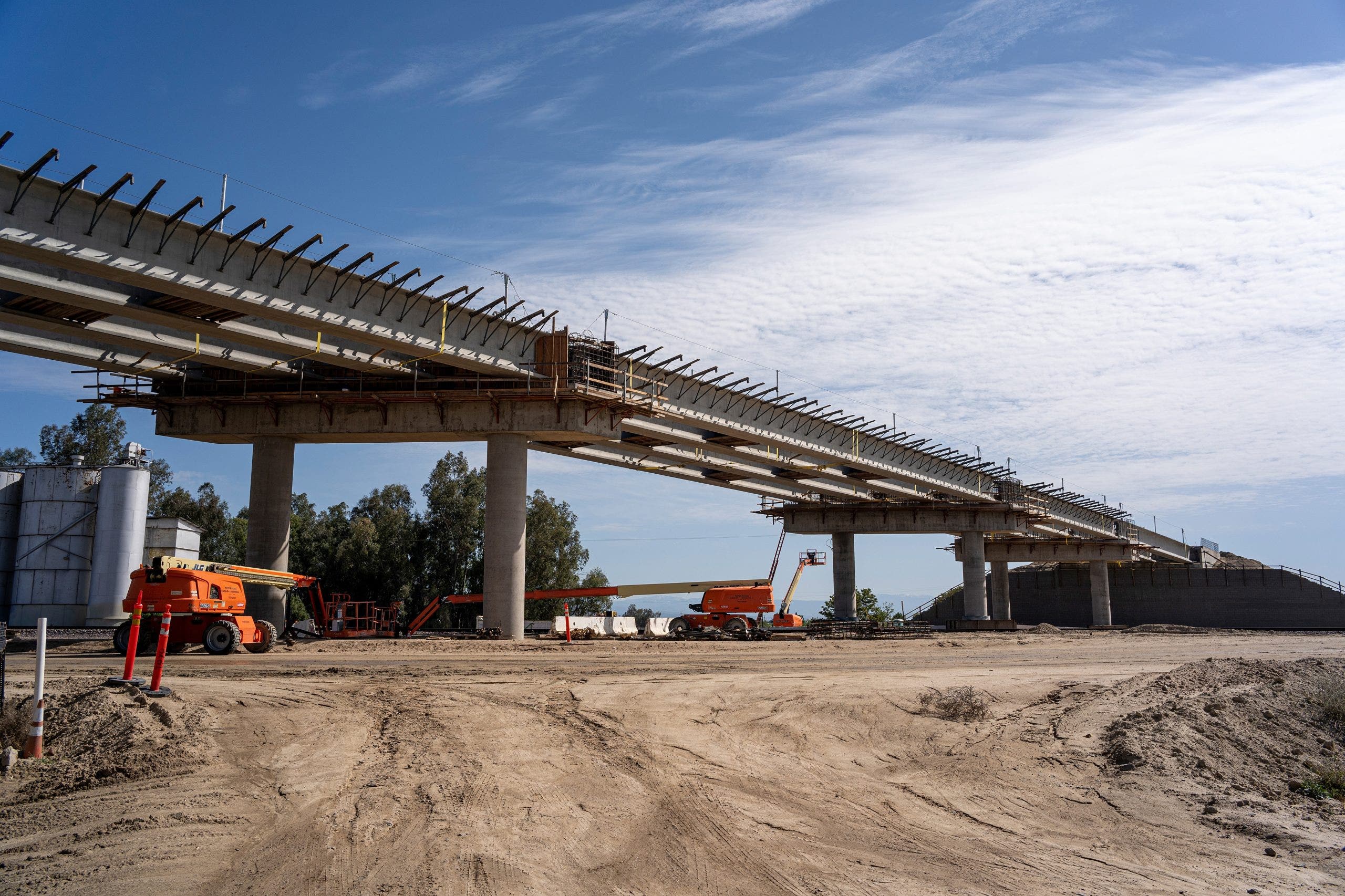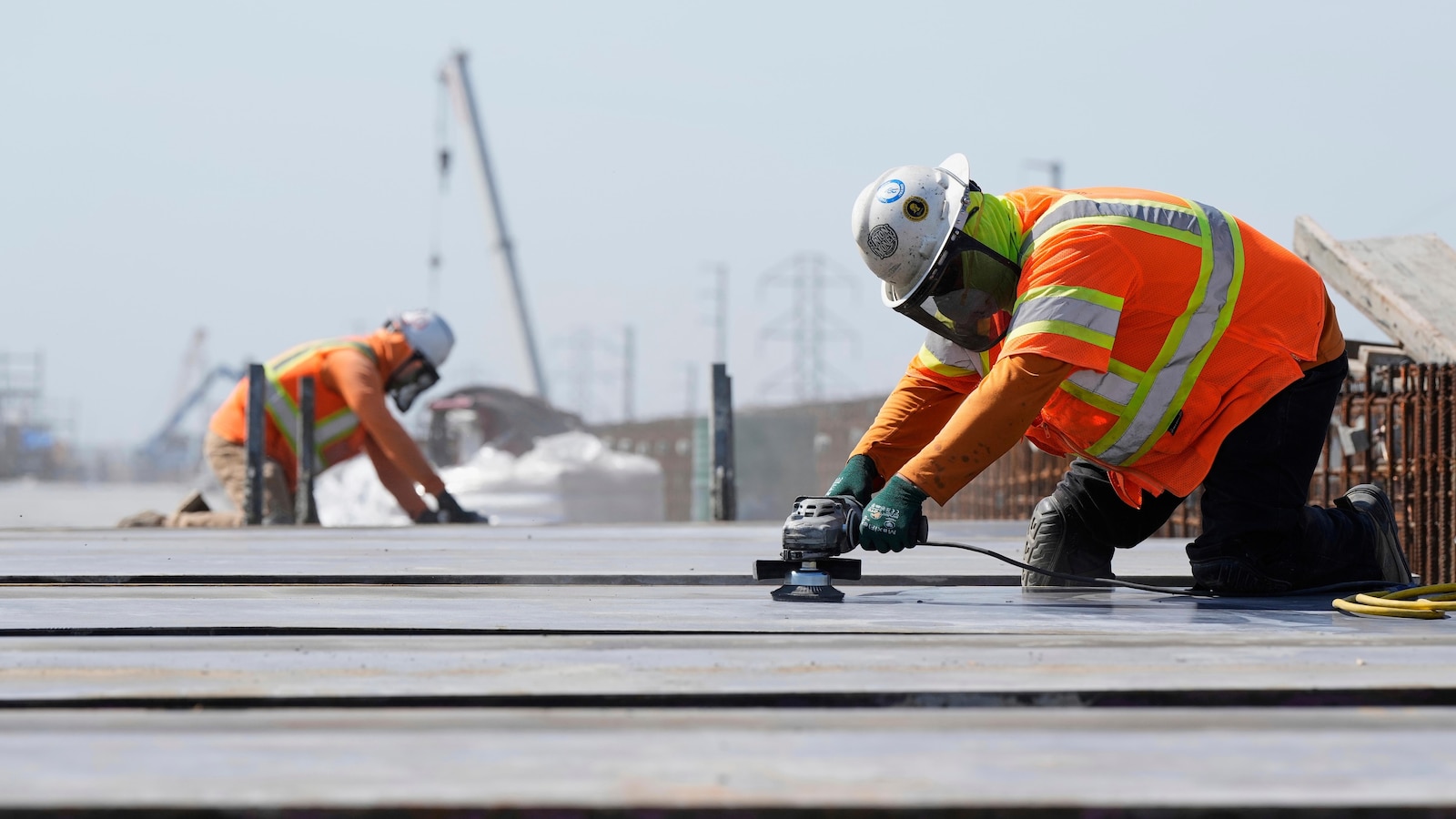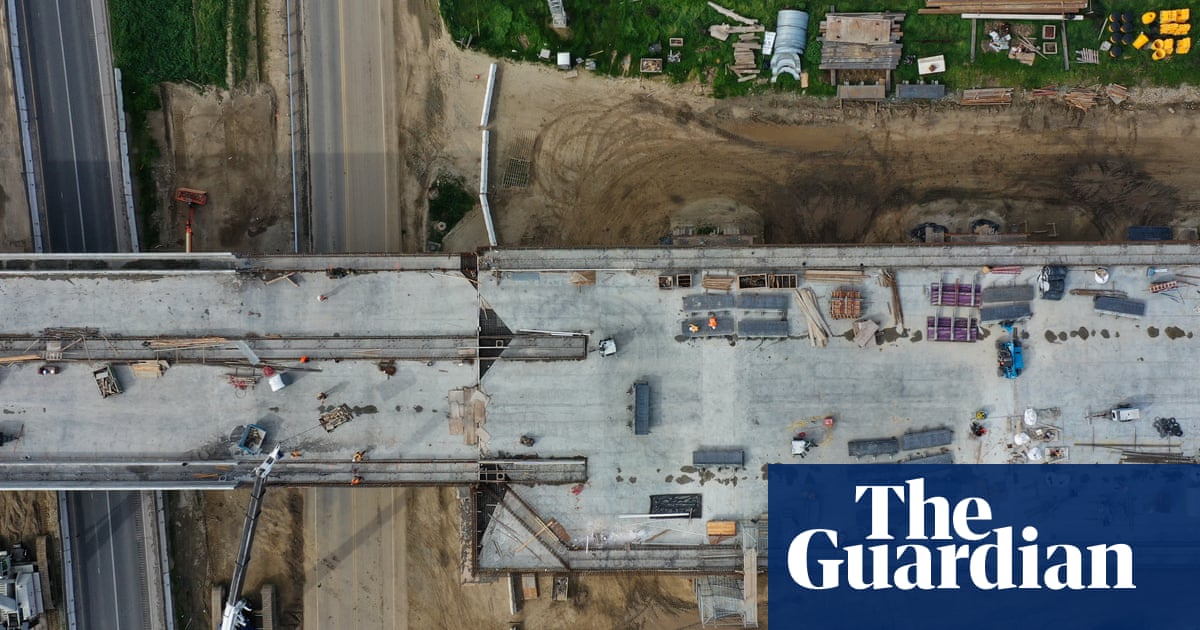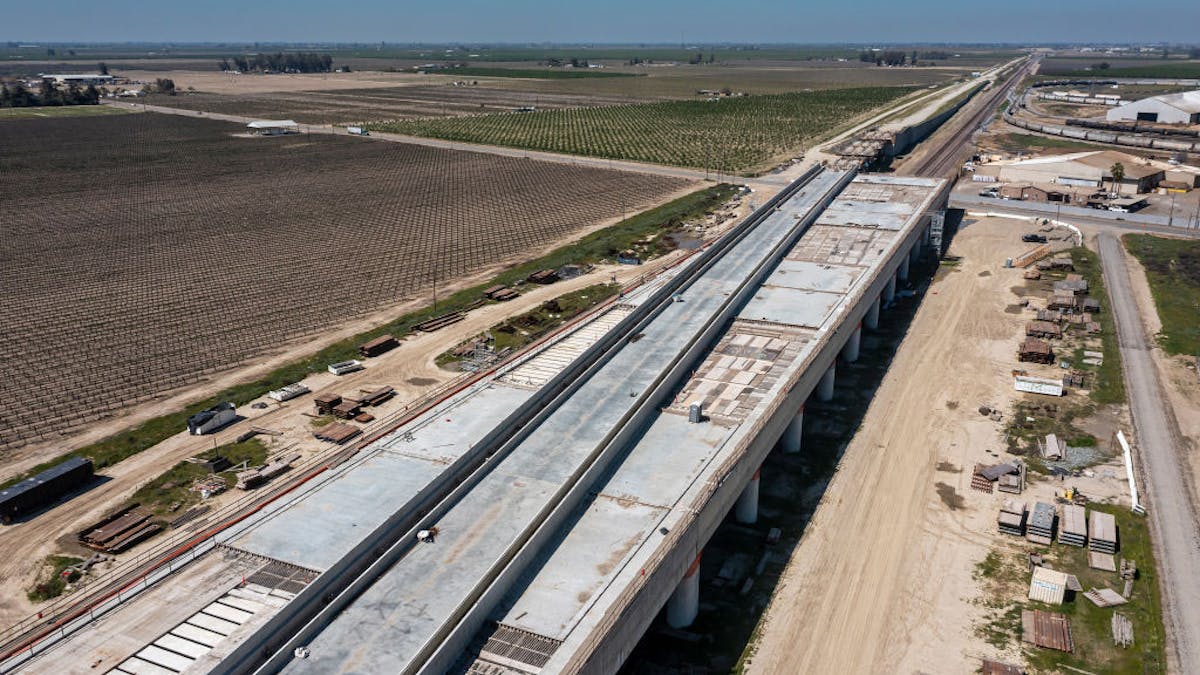Trump Administration Revokes $4 Billion in Federal Funding for California High-Speed Rail Project
The Trump administration's funding revocation significantly impacts California's high-speed rail project, prompting state officials to seek alternative funding and revise plans.
Subscribe to unlock this story
We really don't like cutting you off, but you've reached your monthly limit. At just $5/month, subscriptions are how we keep this project going. Start your free 7-day trial today!
Get StartedHave an account? Sign in
Overview
- The Trump administration revoked $4 billion in federal funding for California's high-speed rail project, citing concerns over its escalating costs and viability.
- President Trump and Transportation Secretary Sean Duffy labeled the project a 'boondoggle', contributing to the funding withdrawal.
- Approximately 25% of the project's funding has come from federal sources, making the revocation a significant setback for California's plans.
- State officials are now focusing on a 119-mile segment connecting Bakersfield and Merced, while seeking private investors for the project.
- Governor Gavin Newsom is committed to exploring all options to counter the funding withdrawal and will present an updated funding plan this summer.
Report issue

Read both sides in 5 minutes each day
Analysis
Center-leaning sources frame the California high-speed rail project as a troubled, long-delayed endeavor facing significant political opposition. They emphasize the project's financial woes and timeline setbacks, portraying the Trump administration's funding revocation as part of a broader pattern of actions against California, intensifying the project's uncertain future.
Articles (12)
Center (4)
FAQ
The Trump administration cited missed deadlines, budget shortfalls, and overrepresentation of projected ridership as primary reasons for revoking federal funding. They also highlighted concerns over the project’s ballooning costs and alleged failure to follow agreements for receiving grant funding, with current estimates showing the project could cost up to $128 billion, nearly four times its original budget[2].
The loss of federal funding—which previously accounted for about 25% of the project’s total funding—is a significant setback, likely causing delays and jeopardizing plans to complete even the initial segment by the original 2033 target. The project is now struggling to secure alternative funding sources and may need to scale back its ambitions, focusing on a shorter 119-mile Central Valley segment[2].
California is actively seeking private investors to fill the funding gap left by the federal withdrawal. Governor Gavin Newsom has stated the state will explore all legal and financial options to counter the funding loss and will present an updated funding plan later in the summer[2].
Construction on the 119-mile Central Valley segment is ongoing, with significant progress reported in 2025, including the start of track-laying, completion of major structures like the Hanford Viaduct, and the development of a railhead facility in Kern County for materials and equipment[1][3]. As of March 2025, more than 15,000 jobs have been created, and 84 structures are complete or underway.
Governor Newsom has vowed to fight the federal decision, calling it politically motivated and a “gift to China.” He has pledged to keep building California’s high-speed rail and accused the Trump administration of abandoning the Central Valley. The move is expected to trigger a legal battle and further escalate tensions between the Trump administration and California’s Democratic leadership[2].
History
- 4M

 3 articles
3 articles










